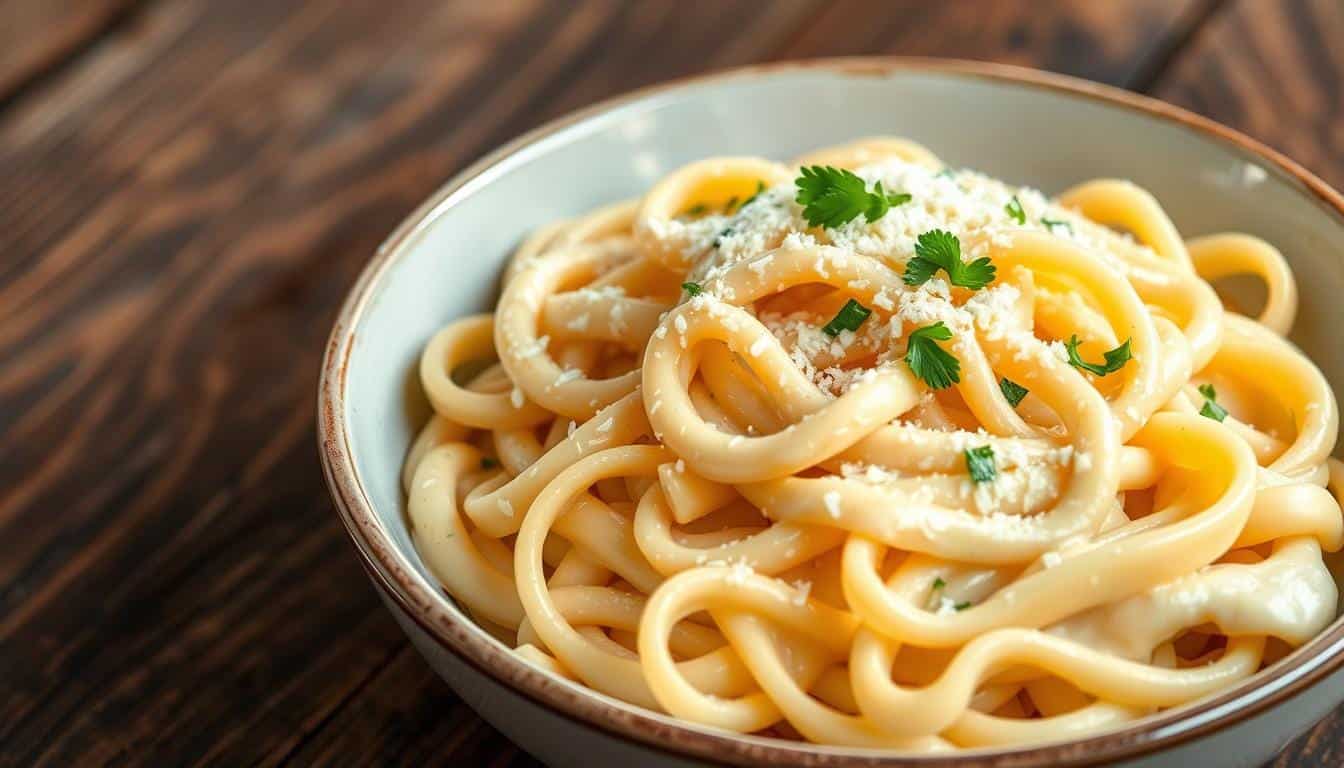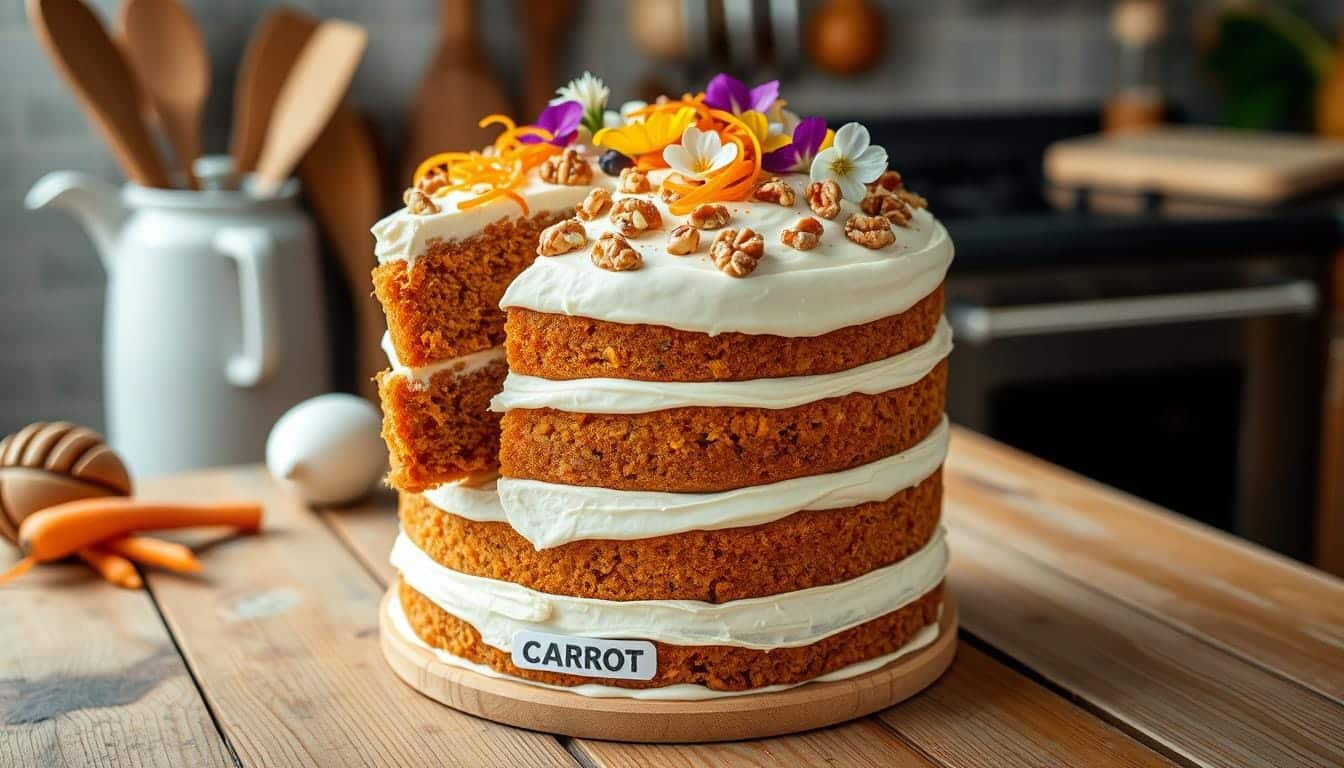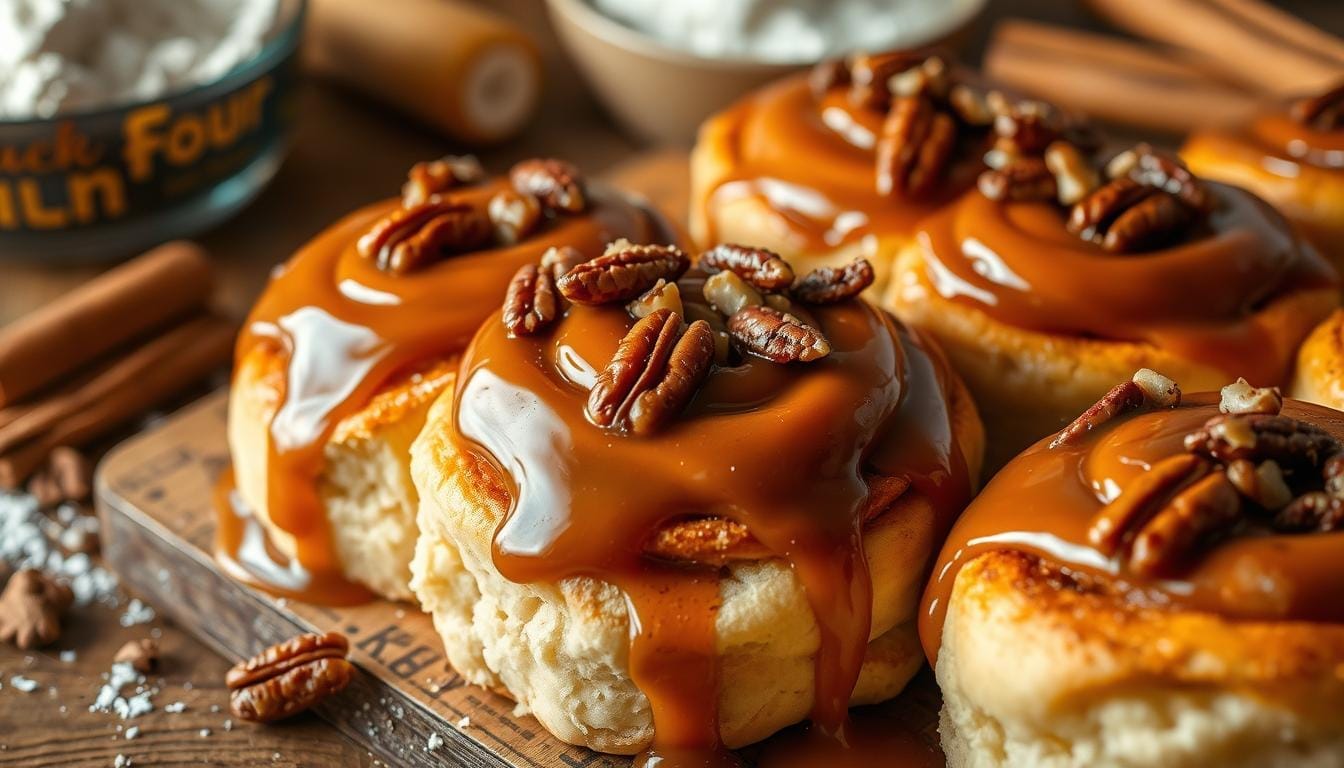The Ultimate Guide to Custardy French Desserts: Recipes and History
In this article, we’ll explore the delightful world of custardy French desserts, including their rich history, famous variations, and how you can recreate them in your own kitchen. Whether you’re a seasoned chef or a beginner looking to try something new, we’ll take you through everything from Pot de Crème to Crème Brûlée, providing you with the knowledge and tools to master these delectable treats. Ready to dive into the world of French desserts? Let’s start!
What is a Custardy French Dessert?
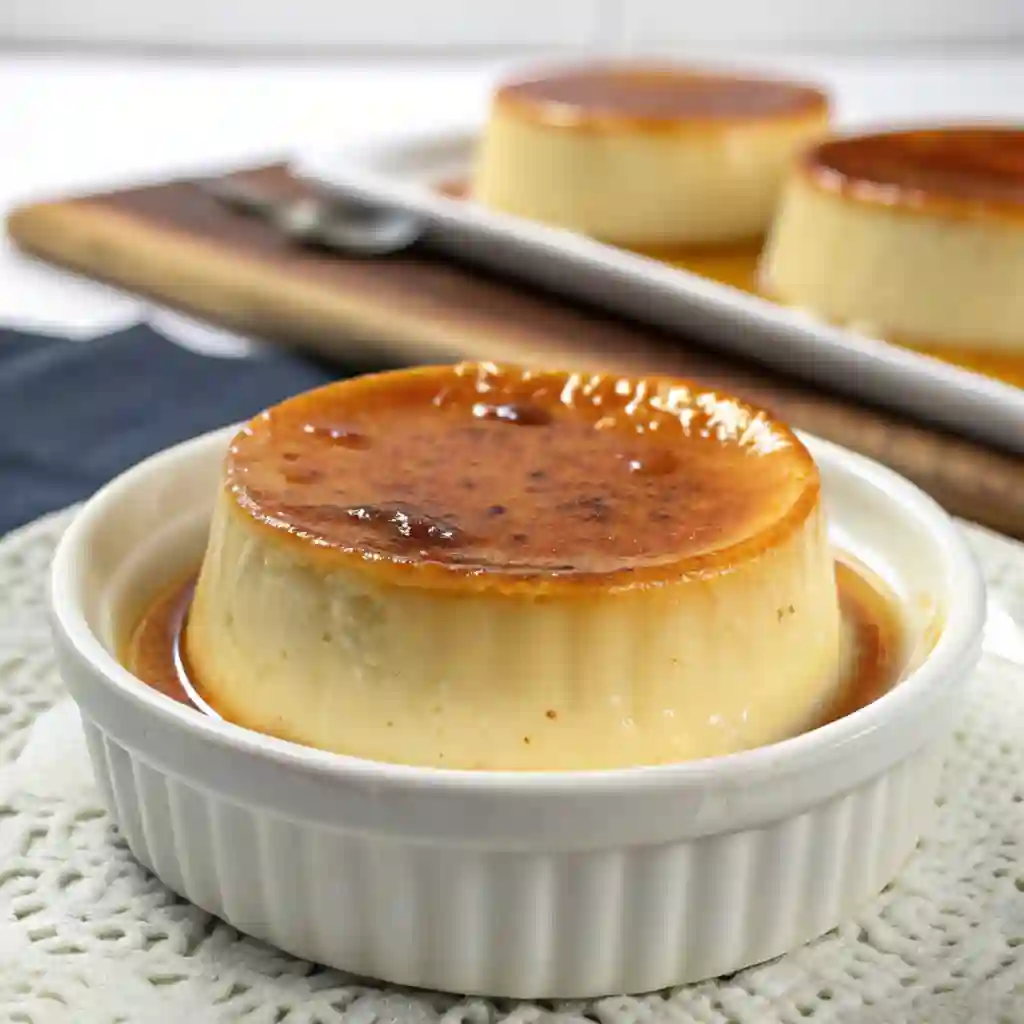
Introduction to Custardy French Desserts
When you think of French desserts, what comes to mind? The delicate custardy French desserts are undoubtedly some of the most iconic and cherished. But what exactly makes a French dessert “custardy”? The secret lies in the smooth and creamy texture, typically made by combining eggs, sugar, milk or cream, and sometimes a touch of flavoring like vanilla or caramel.
A custardy French dessert is all about balance – the eggs give it a velvety consistency, while the sugar adds a gentle sweetness. The best part? These desserts are often baked slowly at low temperatures, which helps them set into that creamy, melt-in-your-mouth texture that makes French custards so irresistible.
Famous Custardy French Desserts
If you’ve ever dined at a French bistro or been lucky enough to visit France, you may have tried a custardy French dessert or two. Here are some of the most beloved ones:
Crème Brûlée: The Iconic Custard Dessert
Crème brûlée is arguably the most famous custardy French dessert. It features a rich custard base topped with a crispy layer of caramelized sugar. The contrast between the smooth custard and the crunchy sugar is what makes this dessert so irresistible.
This dessert is often served in individual ramekins, and its creamy texture combined with the satisfying crack of the caramelized sugar make it a true classic.
Pot de Crème: A Rich, Creamy Delight
Pot de Crème is another well-known custard. The name comes from the small pots or cups in which it’s traditionally served. This dessert offers a dense, creamy texture that is incredibly smooth. It’s often flavored with vanilla, chocolate, or fruit.
Whether you choose vanilla or chocolate, Pot de Crème is a great way to enjoy a rich custard dessert. Its velvety texture will melt in your mouth, leaving you wanting more.
Flan: The Classic French Custard
Flan is popular worldwide, but the French version stands out for its smooth texture and indulgent flavor. The custard is set with caramelized sugar, and its soft, wobbly consistency gives it a comforting, nostalgic feel.
French flan is a perfect balance of sweetness and creaminess. Its gentle jiggle as you take a bite adds a unique charm to this custardy dessert.
Origins of Custardy Desserts in France
The roots of custardy French desserts date back centuries, with the history of custards in France deeply intertwined with the country’s culinary traditions. Early French cooks were experts at transforming simple ingredients—eggs, cream, and sugar—into extraordinary desserts. These desserts were initially reserved for the aristocracy and royalty, as the ingredients were costly and hard to come by.
The first recorded mention of a custardy French dessert dates back to the 17th century, during the reign of Louis XIV. French chefs, ever inventive, began to experiment with egg-based custards and puddings. These early versions of French custards were served in luxurious feasts, where elaborate pastries and delicate desserts were the stars of the table. The French court’s fascination with rich, custardy concoctions gave rise to the now-celebrated Crème Brûlée, Pot de Crème, and other variations.
As time passed, French chefs refined their techniques, creating custards that were smoother, more consistent, and easier to prepare. This helped solidify custardy French desserts as an integral part of French cuisine, not just for royalty, but for the everyday French household. By the 19th century, custards became accessible to a wider audience, and desserts like Flan and Crème Caramel emerged, adding to the already vast repertoire of French custard delights.
The Evolution of Custards in French Pastry
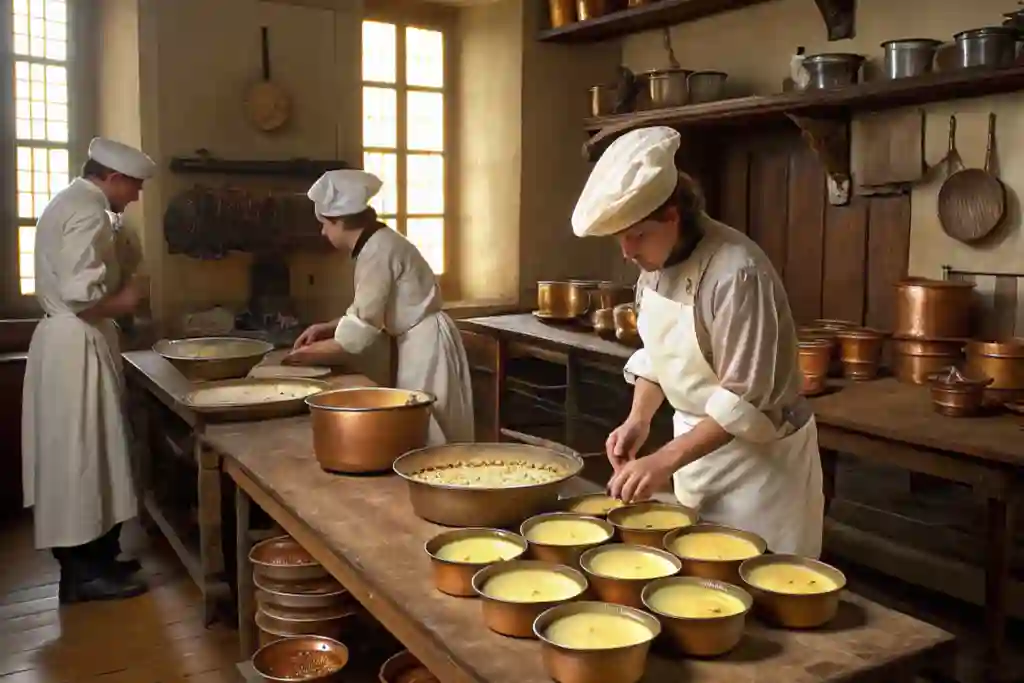
Over the years, custardy French desserts evolved in many ways. The early, simpler custards evolved into more sophisticated versions that we recognize today. French chefs in the 18th and 19th centuries perfected the art of custard-making, using modern tools like ovens and water baths to achieve the perfect texture. Pot de Crème, for instance, became a popular dessert in French bistros, often flavored with rich vanilla or even chocolate.
By the 20th century, custardy French desserts had reached their peak of refinement. The famous French pastry chefs like Gaston Béchamel and later, Julia Child, contributed significantly to elevating the custard desserts that we know today. While Crème Brûlée is probably the most famous, it’s important to recognize that custardy French desserts aren’t limited to just this classic.
In modern times, custardy French desserts are found on menus across the globe. Their versatility, ease of preparation, and universal appeal have made them a hit in both home kitchens and gourmet restaurants alike. Whether served in a ramekin, a tart shell, or a small bowl, these French classics continue to delight dessert lovers everywhere.
How to Make Pot de Crème: A French Custard Classic
Ingredients for Pot de Crème
Making Pot de Crème—one of the most beloved custardy French desserts—is surprisingly simple, though it yields incredibly rich and satisfying results. To start, you’ll need just a handful of ingredients that combine to create the smooth, velvety custard that defines this dessert.
The essential ingredients for a classic Pot de Crème are:
- Egg yolks: These create the rich, creamy texture that defines the custard.
- Heavy cream: The creamy base of the dessert, which adds richness and depth.
- Milk: Typically combined with the cream for a balanced texture.
- Sugar: Sweetens the custard without overpowering the other flavors.
- Vanilla beans: For a natural and aromatic flavor, though vanilla extract can also be used.
- Pinch of salt: A pinch of salt helps balance the sweetness and enhances the flavors.
Once you’ve gathered these ingredients, you’re ready to start creating this delightful custardy French dessert that will transport you straight to the heart of France.
Step-by-Step Pot de Crème Recipe
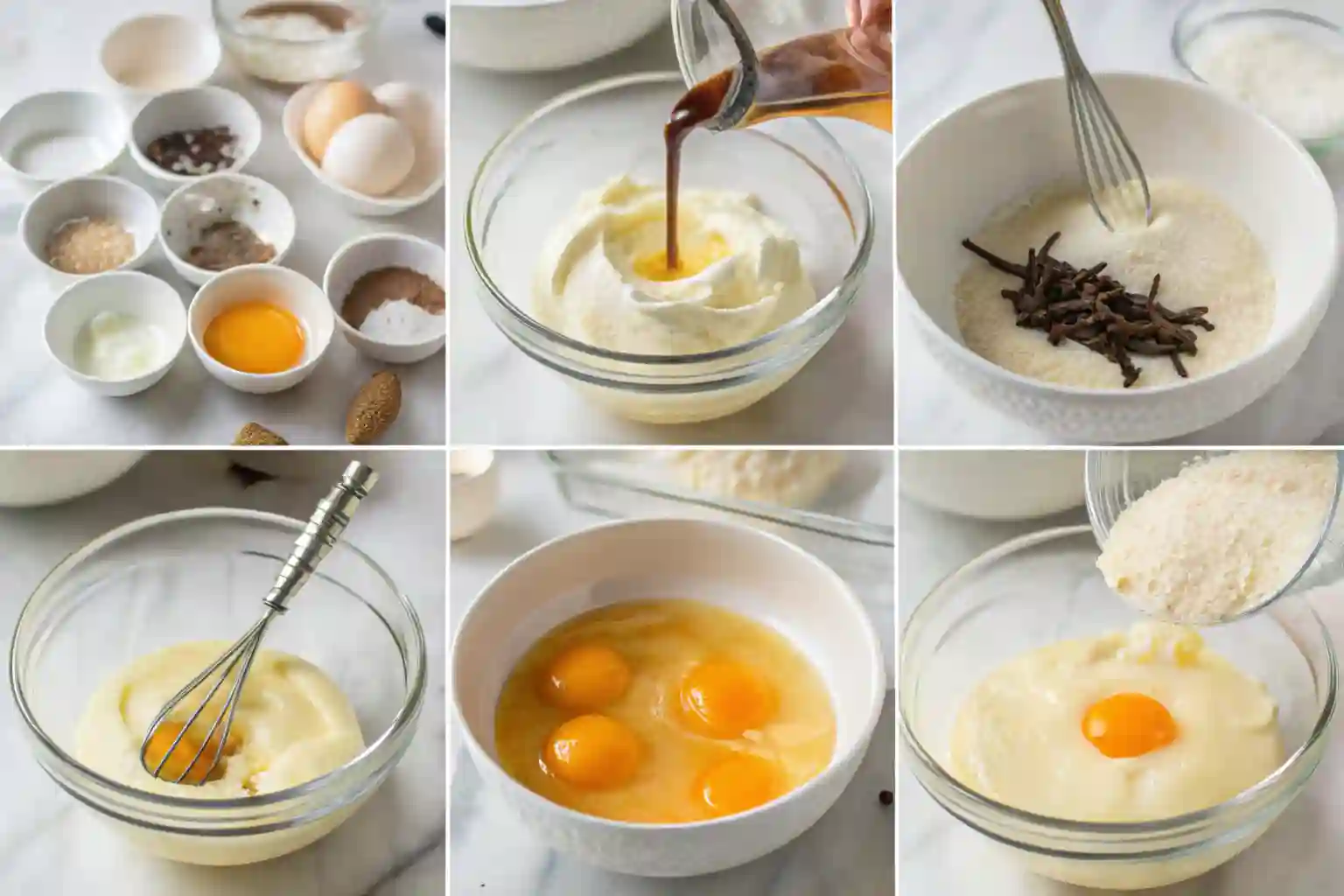
Making pot de crème at home might seem daunting at first, but follow a few simple steps, and you’ll end up with a rich, creamy dessert that will impress your friends and family. Here’s how to make it:
- Preheat the oven: Start by preheating your oven to 325°F (163°C). Prepare a baking dish with a water bath, which will ensure the custards bake gently and evenly.
- Infuse the cream: In a saucepan, combine the heavy cream and milk, heating it over medium heat until it just begins to simmer. If you’re using vanilla beans, slice the beans lengthwise and scrape the seeds into the milk mixture. Add the empty pods to infuse the flavor.
- Whisk the eggs: In a separate bowl, whisk the egg yolks and sugar until the mixture becomes pale and slightly thickened.
- Temper the eggs: Gradually add the hot cream mixture into the egg yolks, whisking constantly to avoid curdling. This process, called tempering, ensures your custard remains smooth.
- Bake the custard: Pour the mixture into small ramekins or custard cups, and place them in the preheated water bath. Bake for 30-35 minutes, or until the custard is set but still slightly jiggly in the center.
- Chill and serve: Allow the Pot de Crème to cool before refrigerating for at least 2 hours. Serve chilled, and for extra flavor, you can top it with whipped cream or a sprinkle of shaved chocolate.
Techniques to Achieve the Perfect Custardy French Dessert
The Role of Eggs in Custardy Desserts
To make a custardy French dessert, the key ingredient you’ll be working with is eggs. Eggs provide both structure and richness to the custard, which is the foundation of many classic French desserts. The egg yolks are particularly crucial, as they give the custard its creamy texture.
Tempering the eggs is crucial when making custard-based desserts to avoid scrambling. You should gradually add hot liquid (such as cream or milk) to the beaten eggs while whisking constantly. Once the mixture is fully incorporated, return it to the heat to cook until it thickens. This delicate process results in a smooth, velvety custard.
Use of Dairy for Creaminess
The second essential ingredient for custardy desserts is dairy, typically in the form of cream or milk. Full-fat cream is commonly used because of its ability to create a rich and indulgent texture. The richness of the dairy balances the sweetness of the sugar, which is why many custardy French desserts are so satisfying.
Some recipes may call for a mixture of milk and cream, allowing for a slightly lighter consistency while still maintaining that custardy creaminess. The choice of dairy will depend on the specific dessert you’re making. For example, a custardy French dessert like crème brûlée or pots de crème uses a heavy cream base, while others might use a more balanced mix for a smoother result.
Tempering the Custard
To achieve a perfect custard, tempering is key. Slowly add hot milk or cream into the beaten egg yolks to prevent curdling. If you add it too quickly, the eggs might seize up, leading to a grainy texture instead of the silky smooth custard we want. After tempering, cook the custard over low heat, stirring constantly, until it thickens to the desired consistency.
Flavoring Your Custard
Vanilla is the classic flavor for custardy French desserts. Its rich, fragrant essence complements the creamy custard base beautifully. That said, feel free to get creative with other flavors like orange zest, coffee, or even a splash of liqueur such as Grand Marnier.
For an extra touch, infuse the milk or cream with flavor before mixing it with the eggs. You could add a cinnamon stick or a few crushed cardamom pods to the milk as it heats. This allows the flavors to infuse fully before you strain the mixture and combine it with the eggs. This simple step can elevate your dessert to a whole new level.
Moreover, for a unique take on cakes, explore cherry chip cake or the whimsical cloud cake to bring variety to your repertoire.
Exploring the Best Custardy French Desserts to Try
Crème Brûlée: The Quintessential Custard
Crème brûlée is the most iconic custardy French dessert. Known for its smooth texture and crunchy caramelized sugar topping, it’s a favorite among dessert lovers. To make it perfect, you must get the custard just right. The texture should be silky, not too sweet, and infused with a delicate vanilla flavor. Once the custard sets, sprinkle a thin layer of sugar on top and caramelize it with a torch or broiler. When you break through the sugar, the satisfying crack adds to the allure of this dessert.
To achieve the best crème brûlée, cook it slowly to create a creamy custard. Bake it in ramekins, and chill before serving. This makes crème brûlée ideal for dinner parties or special occasions.
Pots de Crème: Rich and Decadent
Pots de crème are another popular custardy French dessert. These small pots are filled with rich, silky custard that melts in your mouth. While crème brûlée features a caramelized sugar topping, pots de crème skip that step and focus on the custard’s smoothness and depth. You can flavor it with chocolate, vanilla, or coffee, offering a variety of delicious options.
The texture of pots de crème is denser and richer than crème brûlée due to the higher cream and egg yolk ratio. These custards pack a lot of flavor, making them perfect for anyone with a sweet tooth. Serve them in individual pots for the best experience.
The preparation process is similar to crème brûlée, but pots de crème typically have a higher proportion of egg yolks and cream. This gives them a richer, denser texture that melts in your mouth, making them a delightful treat after any meal.
Clafoutis: A Custardy Fruit Dessert
If you’re looking for a twist on traditional custard desserts, try clafoutis. This rustic dessert combines a custard-like batter with fresh fruit, often cherries. The batter rises and sets around the fruit, creating a custard filling that’s both comforting and indulgent.
Clafoutis is versatile. You can use any seasonal fruit, and the batter is easy to prepare. While it’s different from crème brûlée or pots de crème, it still offers that creamy, custard-like texture. It’s a great choice for those wanting to try something new within the world of custardy French desserts.
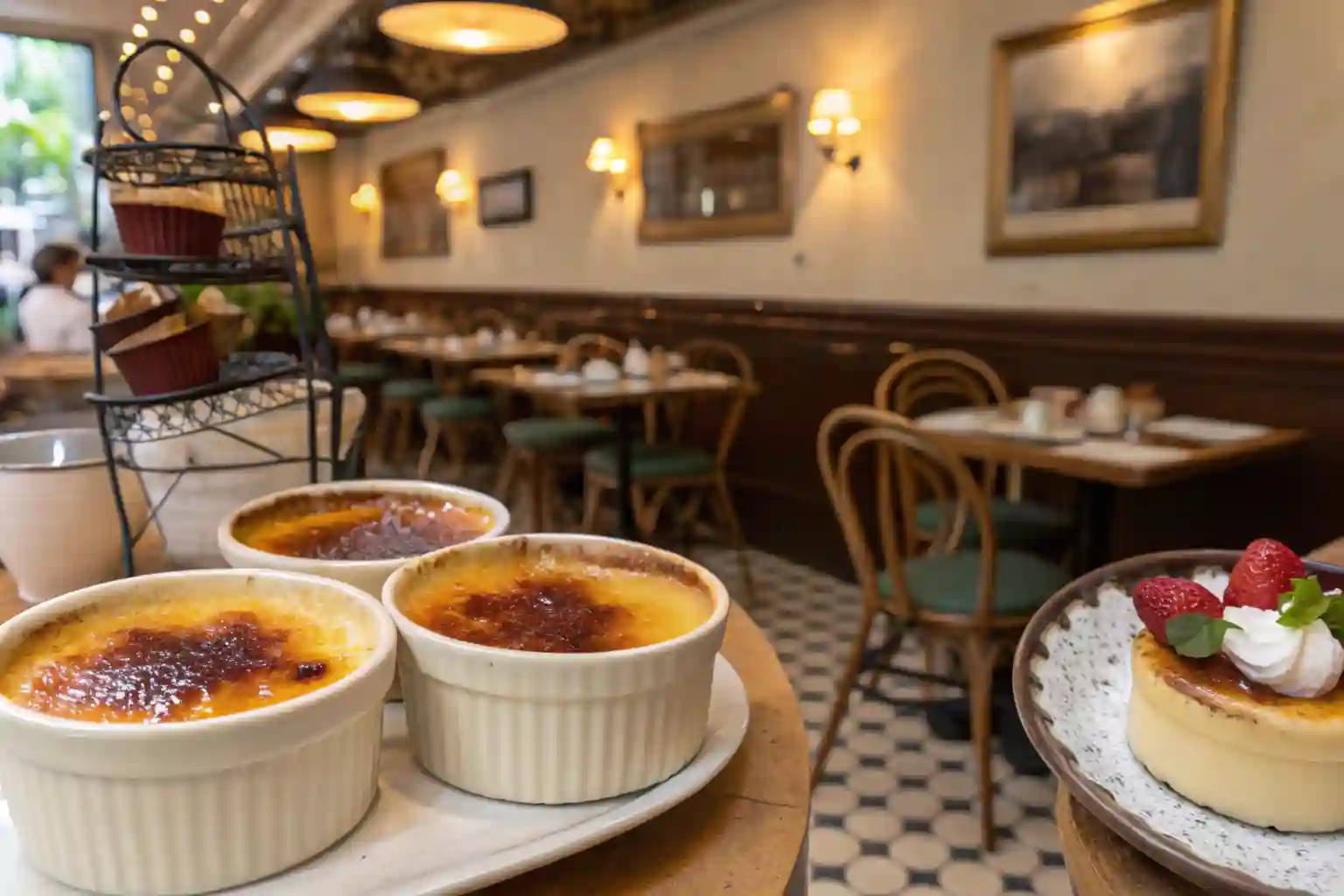
Classic French Pots de Crème
Equipment
- Mixing bowl
- Whisk
- Saucepan
- Fine-mesh sieve
- Ramekins (4 small cups)
- Baking dish (for the water bath)
- Kettle or pot (for boiling water)
- Oven
- Aluminum foil (optional, for covering the water bath)
- Refrigerator (for chilling)
Ingredients
- For the Custard:
- 1 ½ cups heavy cream
- ½ cup whole milk
- 4 large egg yolks
- ¼ cup granulated sugar
- 1 teaspoon vanilla extract or 1 vanilla bean
- Pinch of salt
- Optional Toppings:
- Whipped cream
- Shaved chocolate
- Cocoa powder
- Caramel sauce
Instructions
- Preheat the oven: Set your oven to 325°F (163°C). Prepare a baking dish by placing small ramekins inside.
- Heat the cream and milk: In a saucepan over medium heat, combine the heavy cream and milk. If using a vanilla bean, split it lengthwise, scrape the seeds into the mixture, and add the pod. Heat until it just starts to simmer, then remove from heat.
- Whisk the eggs and sugar: In a mixing bowl, whisk together the egg yolks, sugar, vanilla extract (if not using a bean), and a pinch of salt until well combined.
- Temper the eggs: Slowly pour the warm cream mixture into the egg mixture, whisking constantly to prevent curdling. Strain through a fine-mesh sieve to remove any lumps.
- Fill the ramekins: Evenly distribute the custard mixture into the prepared ramekins.
- Prepare a water bath: Pour hot water into the baking dish until it reaches halfway up the sides of the ramekins. This ensures gentle, even cooking.
- Bake: Place in the oven and bake for 30–35 minutes, or until the edges are set but the center is still slightly jiggly.
- Cool and chill: Remove the ramekins from the water bath and let them cool to room temperature. Cover and refrigerate for at least 2 hours, or overnight for best result
Notes
Flavor Variations: Try adding espresso powder, melted chocolate, or orange zest for a twist.
Water Bath Tip: Cover the baking dish with foil while baking to prevent a skin from forming on the custard.
This Pots de Crème recipe is a luxurious, easy-to-make dessert that brings a taste of classic French cuisine to your home. Bon appétit!
Master the Temperature
When making any custardy French dessert, temperature control is essential. Too high, and the custard will curdle. Too low, and it won’t set properly.
For perfect custard, cook over low to medium heat. Watch the texture closely as it thickens. If using a thermometer, aim for 170°F (77°C). Without one? Dip a spoon into the custard. It should coat the back of the spoon, and a line drawn through it should stay visible.
Another helpful tip is using a double boiler. A heatproof bowl over simmering water provides more even heat, reducing the risk of overheating and curdling the custard.
Straining Your Custard for Smoothness
Even a carefully made custard can benefit from being strained. Straining removes any small bits of egg that may have coagulated, resulting in a smoother, silkier texture. Pour the custard through a fine mesh strainer into a clean bowl before transferring it to your serving dishes.
Straining also gives you the chance to infuse additional flavors, like vanilla or cinnamon. For a richer flavor, you could strain the custard and let it chill for a few hours before serving.
Let It Rest
Once you’ve prepared your custardy French dessert, let it rest. Chilling the dessert allows the custard to set properly and improves the texture. It also allows the flavors to meld together, making it taste even better.
While it’s tempting to dig in right away, letting your dessert chill for at least two hours (or even overnight) ensures the best results.
Frequently Asked Questions (FAQ)
What is a custardy French dessert?
A custardy French dessert refers to any sweet treat that uses a custard base made from eggs, milk, and sugar. These desserts are known for their smooth, creamy texture. Some well-known custardy French desserts include crème brûlée, pots de crème, and clafoutis.
Can I make a custardy French dessert ahead of time?
Absolutely! Many custardy French desserts can be made in advance. In fact, many custard-based desserts, like crème brûlée or pots de crème, taste even better after they’ve had time to chill and allow the flavors to develop. Just be sure to refrigerate them until you’re ready to serve.
How do I prevent my custard from curdling?
To prevent curdling, always cook your custard over low to medium heat. It’s important to constantly whisk the custard and never let it boil. You can also use the technique of tempering the eggs by gradually adding hot cream or milk to the eggs, which helps to raise their temperature slowly and prevent curdling.
What’s the difference between crème brûlée and pots de crème?
The main difference between crème brûlée and pots de crème lies in the topping. Crème brûlée features a crisp, caramelized sugar layer, which forms when you torch or broil the sugar until it becomes crunchy. In contrast, pots de crème don’t have this topping, letting the smooth custard shine on its own. Both desserts are beloved custardy French desserts, but their textures and presentations differ slightly.
Can I add flavors to my custard?
Yes, you can add various flavorings to your custard. Popular options include vanilla, chocolate, coffee, orange zest, or even liqueurs like Grand Marnier. You can infuse the cream or milk with these flavors before combining them with the eggs to create a uniquely flavored custard for your French dessert.



